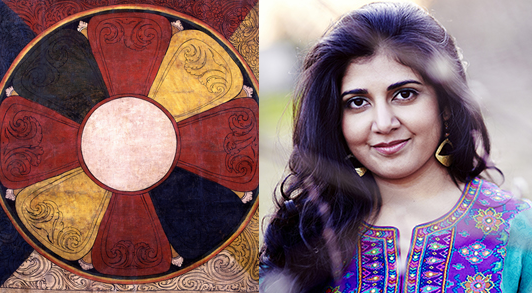
Have you ever heard the music of a painting? On January 6, jazz performer Kavita Shah will present a concert inspired by the five elements of Tibetan Buddhist culture. According to Shah, “the elements of nature bind us humans across cultures, civilizations, and chronologies,” a view that closely aligns with traditional Buddhist teachings and artworks.
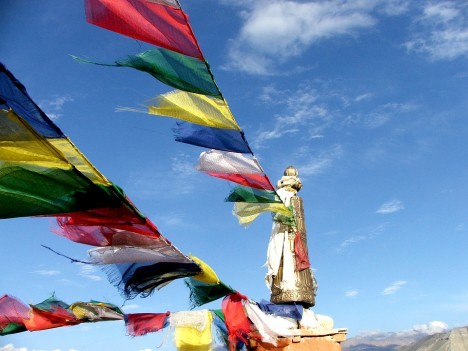
Shah says that the idea to present a program in tune with the elements of nature first came to her after a performance at the Rubin last year. She spent some time amongst the galleries and was struck by the visceral connections she felt between the agricultural and spiritual societies of the Himalayas and those she has encountered in my own life: from the Sacred Valley of Perú to the lush fields of Maui to her grandmother’s village in Northwest India and her own imagined landscapes. This experience inspired her to weave together a group of stories and soundscapes held together by the common thread of reverence for the natural world.
Shah’s performance will connect to Tibetan Buddhism’s five elements: earth, water, fire, wind, and space. These elements play a fundamental role in understanding the world and they are the essential substances that compose both the universe and the self. Buddhist teachings and the Rubin Museum’s artwork also commonly refer to these elements. Each element has an associated color, an associated member of the Five Buddha Families, a related direction within a mandala (North, South, East, West, Center), and significance within the Tibetan Medical tradition.
Read on to learn about each of the different elements and the role they play in Tibetan Buddhist culture and experience a sonic interpretation of the elements at Kavita Shah’s Jazz at the Rubin concert on January 6, 2017.
Earth
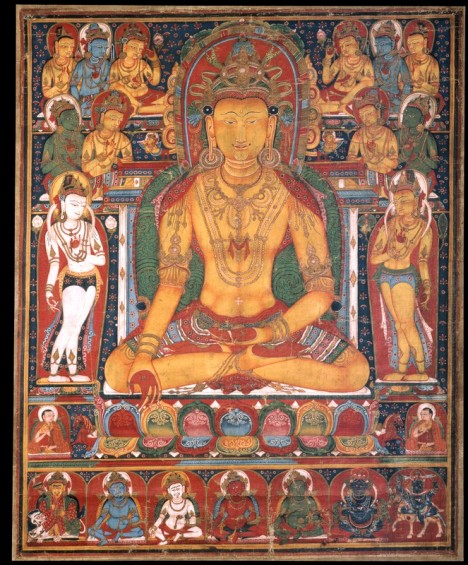
- Associated Buddha: Ratnasambhava
- Associated Color: Yellow
- Associated Direction: South
- Where it’s Found in the Body: Physical matter such as bones, teeth, and flesh
Water
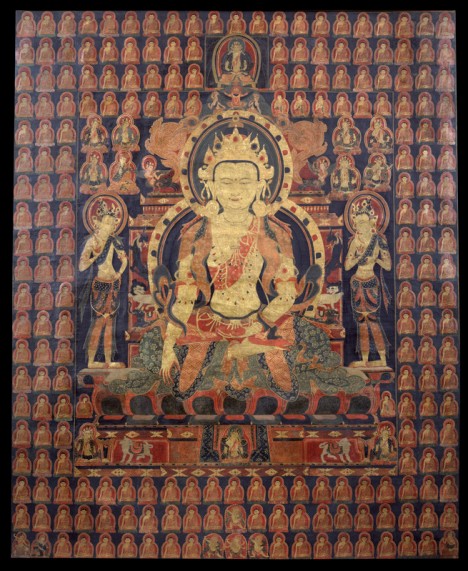
- Buddha: Akshobya
- Color: Blue
- Direction: East
- Where it’s Found in the Body: Fluids connecting all parts of the body together
Fire
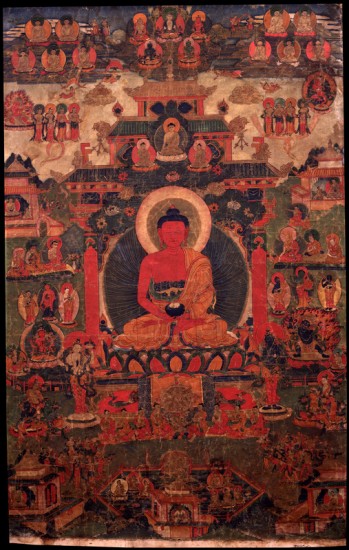
- Buddha: Amitabha
- Color: Red
- Direction: West
- Where it’s Found in the Body: Energy, particularly in the process of digestion and changing food into nutrition the human body can use
Air/Wind
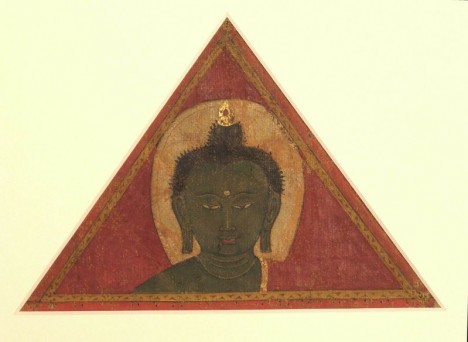
- Buddha: Amoghas
- iddhiColor: Green
- Direction: North
- Where it’s Found in the Body: All movement within the body both physically and mentally
Space
Space is the ultimate element since it contains all other elements within it
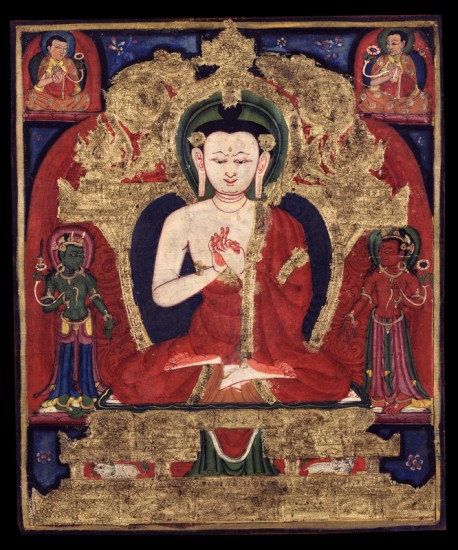
- Buddha: Vairochana
- Color: White
- Direction: Center of the mandala
- Where it’s Found in the Body: While other elements can wax and wane in environments or bodies, space stays constant as a backdrop to all of existence. It is closely identified with orifices and cavities

